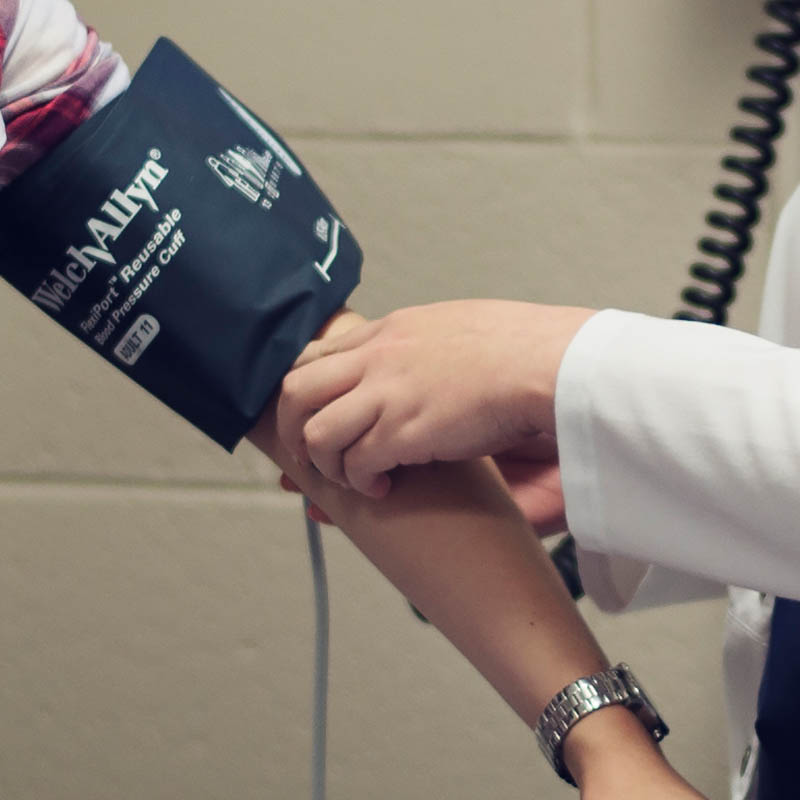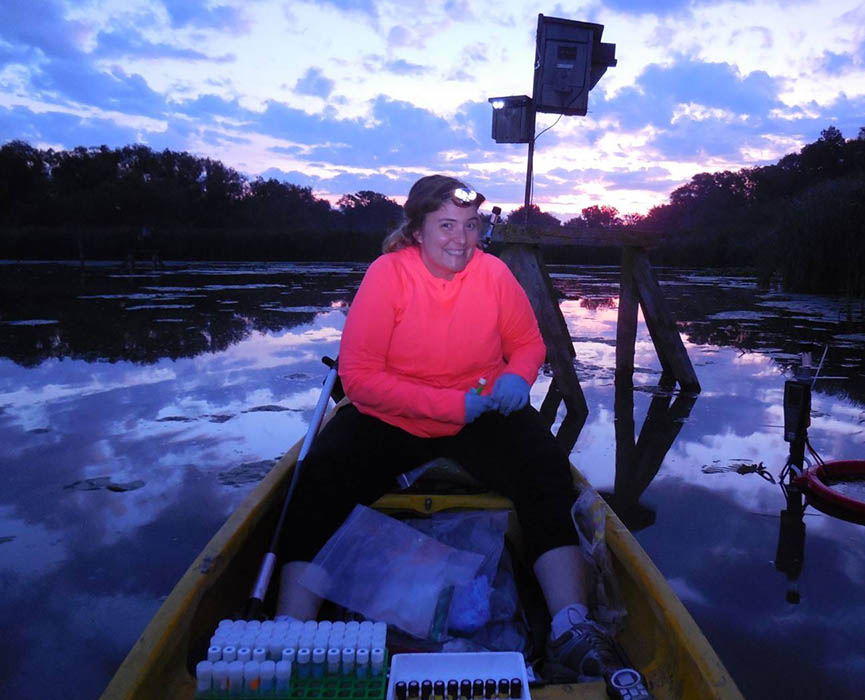Research Report: 2019
▼ Choose a report:

Powered by Research & Graduate Studies

Powered by Arts and Social Science

Powered by Fine Arts

Powered by Science and the Environment


Dr. Christina Smeaton
It all started with a fourth-year microbiology course.
"My passion started (at Grenfell) when I was an undergrad and I took a course about the influence of bacteria, or micro-organisms, on contaminant and nutrient mobility," said Dr. Christina Smeaton, self described as a bio-geo-chemist. "I had always avoided microbiology, but it showed me the importance of it. "What I'm really passionate about is looking at the intersection between earth sciences, chemistry and biology."
Dr. Smeaton, who teaches environmental science (chemistry), said what is most interesting is the combination of earth science, biology and chemistry, and "uses math to describe the different processes within them to solve problems. The problem I'm most interested in currently would be, how do you predict greenhouse gas emissions – whether that's carbon dioxide, methane or nitrous oxide – how do you predict that based on the energy that microorganisms are using? And if we can predict it and develop models, how can we use those?"
A document titled "Life on the Energetic Edge" by Dr. Smeaton and colleague Dr. Philippe Van Cappellen (University of Waterloo), described it in layman's terms:

Dr. Smeaton sampling water and sediments for nutrients at a wetland near Hamilton, ON
"Just a spoonful of soil harbours more microbes than there are people on Earth, while one litre of seawater may contain over a billion bacteria. Micro-organisms make up most of the Earth's biomass and are the foundation of all terrestrial and aquatic ecosystems. Single-celled organisms regulate the processes that underpin the biogeochemical cycling of carbon, macronutrients (e.g., phosphorus, nitrogen, silicon and sulfur) and many trace elements, with far-reaching consequences for soil fertility, climate and water quality. Micro-organisms play key roles in waste management and environmental remediation. They are also among the main producers of greenhouse gases including carbon dioxide, methane and nitrous oxide, hence closely coupling microbial activity to the Earth’s climate system."
Dr. Smeaton is supervising fourth-year honours environmental science (chemistry) student Divya Imrit, who was a summer research assistant in collaboration with the University of Waterloo and Imperial Oil/Exxon Mobil. This collaboration was funded through an NSERC-Collaborative Research Development Grant. Her research question? "What are the bio-energetic controls on fermentation pathways during the biodegradation of petroleum hydrocarbons in soils?"
"We are developing a model that can predict the breakdown of oil," said Dr. Smeaton, adding that the models in based on microbial bioenergetics. "So, if you can use math to develop a model to describe that, and use lab work to check that model, you can use that to manipulate the environment where there are oil spills, for example."
While it might be easy in the lab to develop measurement techniques, taking it into the field is another matter.
"We could put electrodes in the soil and estimate how many bacteria there are without having to remove any sample – that's very large scale," she said. "But there's a lot of complications with that. That's a very long term goal – how do you measure microbial activity in environments where it's incredibly difficult to measure? Part of that starts with developing a method in the lab and then once you get that method, bringing it into the field."
Read more here.